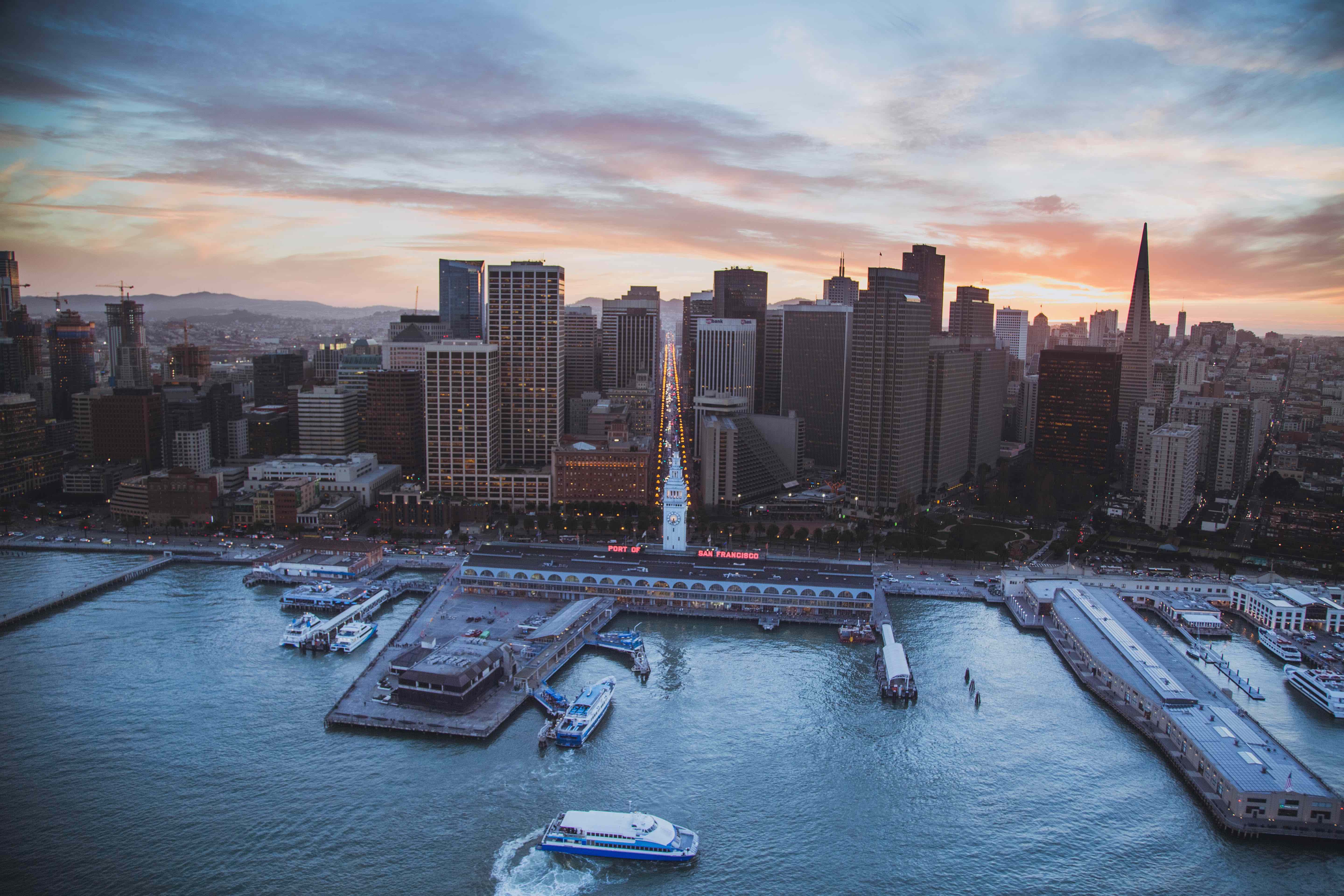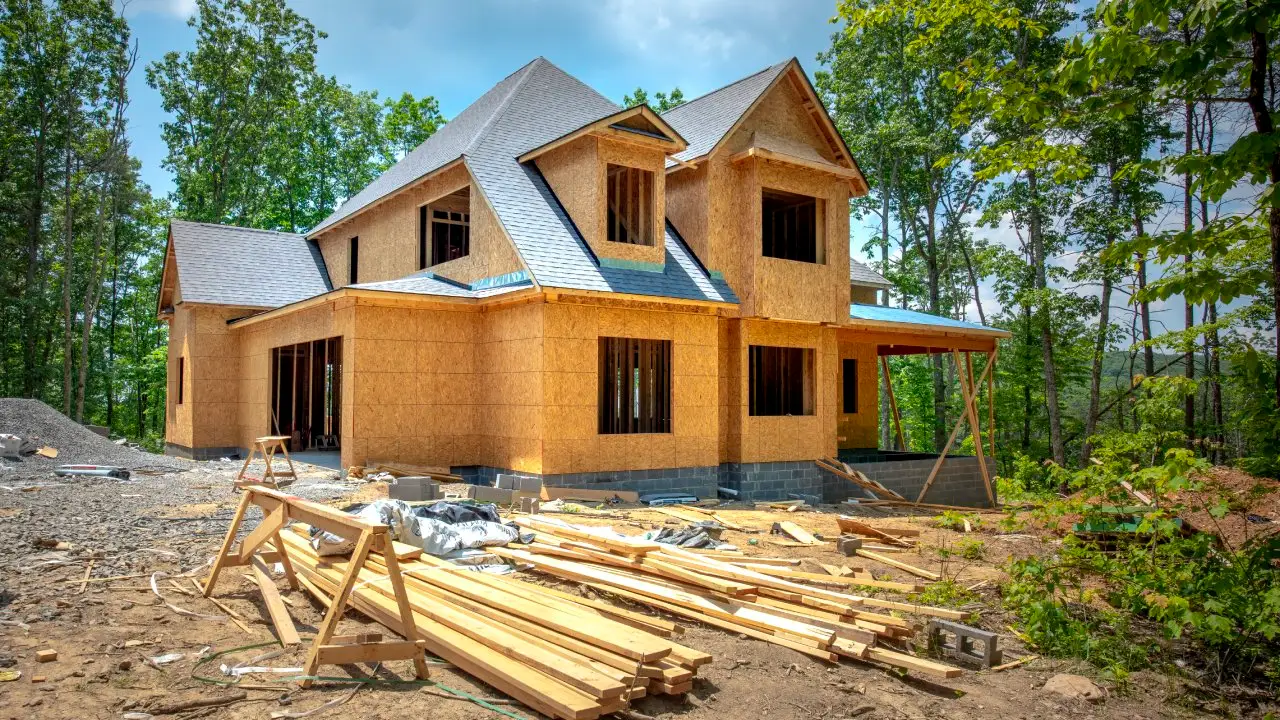On April 23, 2009, the Millennium Partners (Mission Street Development LLC) opened a 58 story, 645-foot-tall condominium skyscraper in the heart of downtown just south of the Market District at 301 Mission Street in the City of San Francisco known as the Millennium Tower. This landmark residential tower has over 400 units and a 5-star Michael Mina restaurant, RN74, on the ground floor. The residents enjoy a private concierge, access to the 22,000 square foot Owner’s Club which has a fitness center, wine cellar and other high-end amenities, and community sponsored cultural and sporting activities. The tower features an unparalleled 360-degree view of downtown San Francisco and the Bay Bridge. It was regarded as the tallest residential building west of the Mississippi River with a construction cost of approximately $550 million. Several celebrities own units in the Millennium Tower including former 49er legend Joe Montana, current Giant outfielder Hunter Pence, current Warriors player, Kevin Durant, real estate mogul and former 49er executive Carmen Policy, and engineer Jerry Dodson. The entry level price for units in the Millennium Tower started at approximately $1.6 million and have sold upwards of $10 million for the more exclusive units.
Litigation
In about June 2015, the tenants of the Millennium Tower learned that the building had sunk 16 inches and tiled several inches to the northwest. In May 2016, the homeowners association began conducting meetings on how to address this critical issue, and in August 2016, the first lawsuit against the building owner, Millennium Partners was filed by a group of homeowners claiming that the sinking of the building was known as early as 2008. In November 2016, San Francisco City Attorney Dennis Herrera also filed a lawsuit against Millennium Partners charging them with defrauding the individual homeowners. Thereafter, several individual unit owners have also filed personal lawsuits against Millennium Partners. Finally, in March 2017, the association filed suit against Millennium Partners, the architects, engineers, Webcor and the Transbay Joint Powers Authority (TBJPA). These lawsuits claim that the building is sinking at an average rate of between 1.5 to 2 inches every year. While the exact cause of the sinking is unknown, the lawsuits claim that the geotechnical engineers failed to design and install an appropriate foundation system that would connect the building footings to bedrock (approximately 200 feet below the Tower), instead going only approximately 80 feet deep into a dense layer of sand. The building is currently supported by a mat foundation that is 10 feet thick and built on 950 reinforced concrete piles between 60 and 90 feet deep. The other alleged cause of the building damage claimed by the homeowners association is the adjacent construction of the Transbay Transit Center and Transbay Terminal (built by the TBJPA) next door where additional geotechnical work was performed which may have disrupted the compacted soils beneath the Tower.
It is noted that in 2017, the City building inspector conducted an extensive examination of the Tower and found that the building was still safe to occupy, however there had been substantial damage to the foundation and electrical system. The unit owners received a break on their property taxes in 2017 and 2018 as a result of the building damages which averaged a $3,000 reduction in their property taxes. It is estimated that the units fell roughly $300,000 in value since the lawsuits were filed. While settlement negotiations are ongoing, the first trial is currently scheduled for January 28, 2019.
Light at the End of the Tunnel
After two years of litigation, several forensic engineering firms have combined to determine a way to keep the building from continuing to move long term. This repair will be an extremely lengthy and costly process, but should provide a viable solution to appease the homeowners and association. The stabilization proposed by engineers is interesting, as it will only stabilize one side of the building first to allow the other side of the building to continue to sink until the building is level. Once the building is level, the other side will be stabilized. In order to stabilize, contractors will have to install a total of 275 to 300 “micro piles,” which are made of concrete and steel and measure approximately 13.5 inches in diameter. The original building cost developers around $350 million and estimates for the fix are currently ranging between $200 million and $500 million, potentially doubling the initial investment. The project is also estimated to take between 2 to 5 years to complete, which has received mixed reviews from the building’s occupants, according to the Chronicle. Some, including one of the lawyers representing 265 of the homeowners, believes that the only true fix would be to tear down the building and start over.
The San Francisco Chronicle has reported that the building’s general contractor and its engineers have already begun the building permit process and the gathering of other approvals in order to begin implementing the proposed fix. There are still plenty of legal battles set to play out, but equipment is already scheduled to be on-site to get boring samples of the soil down to the bedrock. It is unclear who will foot the massive bill, with significant negotiations occurring between the homeowners association, the building’s developers, and the TBJPA.




